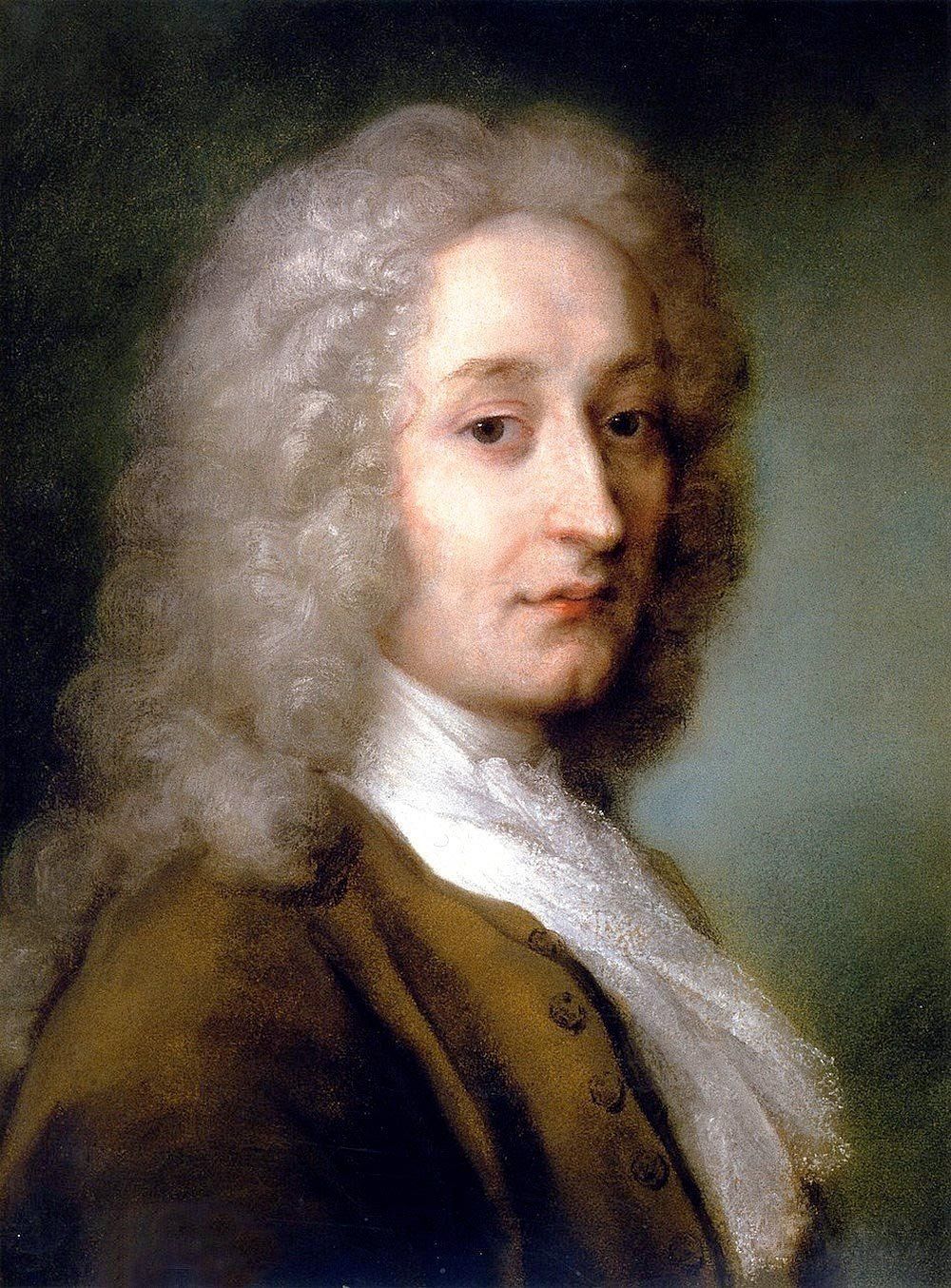In the 18th century European art scene, Antoine Watteau (1684-1721) stands out as a unique and significant figure. He was born in Valenciennes, a city that had become part of Spain six years before his birth. Watteau did not rise from the court painters' art circles but grew through training as an artisan. His admiration for Rubens and the great Venetian colorists of the 16th century seemed innate. His works cover a wide range of subjects, including religious paintings, portraits, military scenes, and mythological stories, but his most notable achievements are in the theme of “fêtes galantes.”

The "fêtes galantes" depict elegantly dressed men and women enjoying outdoor amusements, reflecting the ideal civilized life imagined by people of the time. Watteau's fêtes galantes were deeply influenced by 16th-century Venetian painters, especially Giorgione's "Pastoral Concert," which was later collected by the royal family in Versailles. Watteau’s works, such as "The Dance," showcase a new type of garden design, where the plant arrangements are freer and the sculptures and designs more unrestrained, reflecting a harmonious balance between the artificial and the natural. This balance is also evident in the postures of the figures and the seemingly casual atmosphere of the compositions.

Watteau's art is not merely about depicting beautiful scenes; it is filled with deep irony and delicate emotion. In his painting "Venetian Pleasures," the man in Oriental costume standing on the left may be a portrait of the artist Nicolas Vleughels, the dancing woman in the center possibly a performer at the ball, and the man playing the bagpipes in peasant attire could be Watteau himself. These identities intertwine reality and fantasy, reflecting Watteau's unique understanding of life. The theme of this painting is the interplay of fantasy and reality. Watteau’s personality had a deep-seated irony that gave his works an "edge," sometimes tinged with sharpness, sometimes blended with sadness and sensuality.

Watteau’s works often feature the delicate depiction of silk’s sheen, offering not just a visual delight but a profound emotional experience. The exquisite world he created in his fêtes galantes is largely fantastical yet retains a poetic authenticity. His broad resonance and profound influence on later generations are evident not only in painting but also in porcelain, lacquerware, textiles, enamels, and even gold snuffboxes. His oil paintings and drawings were widely printed and spread across Europe, inspiring artists as diverse as Boucher, Gainsborough, and Goya.
Watteau was not only an independent presence outside the circle of court painters but also a genius who relied on instinct rather than theory. Although his artistic career was brief, his works are filled with vitality and poetic beauty, making him one of the greatest artistic achievements of the 18th century. Through the interplay of reality and fantasy, Watteau created a unique artistic world—a world that is both real and fantastical, joyful and sorrowful. In this world, every detail is meaningful, every gesture is full of emotion, and every painting tells a captivating story.
In works like "The Embarkation for Cythera," Watteau captured the subtlety and secrecy of love, making viewers feel the indescribable emotional fluctuations. His paintings are always suffused with a casual atmosphere, reflecting not only the lifestyle of the aristocracy of the time but also his inner irony and sensitivity. Few artists have faithfully recorded the sheen of silk with such profound awareness, an effect ultimately superficial and transient, created by light and fabric. The exquisite world he created in his fêtes galantes is largely fantastical, yet it retains a poetic "authenticity".

Watteau's influence extended beyond the realm of painting. His works had a profound impact on porcelain, lacquerware, textiles, enamels, and silverware, even influencing the design of gold snuffboxes. His oil paintings and drawings were widely published and disseminated throughout Europe, inspiring many successors. Artists as diverse as Boucher, Gainsborough, and Goya drew inspiration from him. Watteau's art is not only a depiction of real life but also a deep exploration of human emotions.